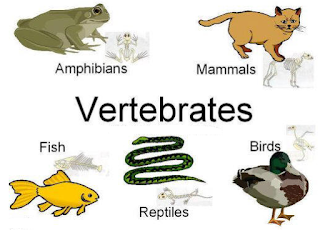


Marine fish abundance has declined by 38% compared to levels in 1970 (Hutchings et al. Humans have impacted 87–90% of the global ocean surface (Halpern et al. We call for increased emphasis on trends in abundance, population sizes and biomass of marine species to fully characterize the pervasiveness of anthropogenic impacts on the marine realm. Marine population declines are ubiquitous, yet the consequences for the functioning of marine ecosystems are understudied. While these changes in species richness are important, they do not fully reflect humanity’s impact on the marine realm. However, this is infrequently quantified in the marine realm and the consequences for ecosystem processes are poorly known. These changes are non-random, as resident species are replaced by invaders, which may reduce diversity in space and, thus, reduce regional species richness. There are, however, directional changes in species composition at local scales. Marine local-scale species richness is seemingly not decreasing through time. Moreover, extinctions and declines in species richness at any spatial scale may inadequately reflect marine diversity trends. Claims that global marine extinction rates are within historical backgrounds and lower than on land may be inaccurate, as fewer marine species have been assessed for extinction risk. Nonetheless, marine biodiversity is clearly under threat, and habitat destruction and overexploitation represent the greatest stressors to threatened marine species. Knowledge of marine species diversity is incomplete, with only 11% of species described.

Here, we review the status of marine species diversity in space and time. Understanding how this provisioning will change in the Anthropocene requires knowledge of marine biodiversity patterns. Marine biodiversity plays an important role in providing the ecosystem functions and services which humans derive from the oceans.


 0 kommentar(er)
0 kommentar(er)
